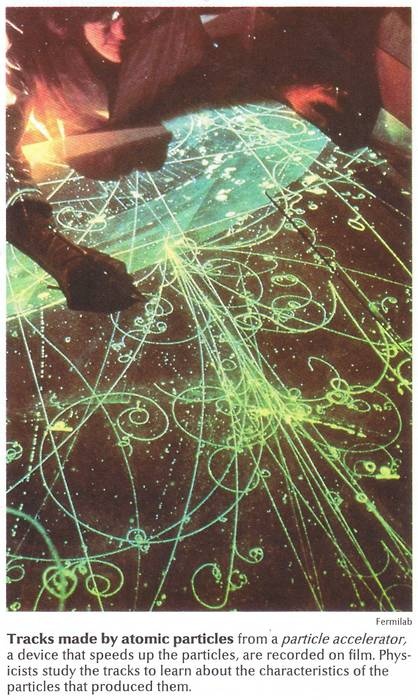This first peace is probably my favorite, once again I find myself drawing on the esoteric, this time using the alchemical symbol for the Philosopher's Stone, the legendary "Great Work" of the alchemists mistakenly said to be able to turn lead into gold. Many scholars now believe the great work was a spiritual process of achieving some level of personal enlightenment; a noble goal and perhaps more valued to some than gold. The deciding factor was the origin of the phrase being Shakespeare's Merchant of Venice. Shakespeare himself is said to have encoded many alchemical secrets into his works. Make of that what you will but I thought it was a great play on words that would allow me to take the phrase in a relevant yet none literal direction. I decided to leave the grid visible to help guide the eye down the text.

The black sheep of the Family is an oldie and a goody and for it I drew on my own family of experience, specifically my grandfathers old outdoors manuals from training his dogs and shooting as well as cartoon artwork they had a few signed pieces of around their house ever since I was little; the artist's name escapes me now but he was at least semi-local. I love old books and reading up on typography reminded me of how much I can appreciate the aesthetic of a good book.
[Grid reference; saved to different drive, will upload asap]
Blood in the Water was my first design and was much more a practical piece compared to the prior two as I had to reacquaint myself with photoshop and look up tutorials to make the blood effect:
I ended up following a "smoke effect" tutorial but tweaking it as I went out so it resembled liquid rather than smoke. I'm really happy with the effect, though it took ages of fiddling to get the Clipping Mask to take! A few of the other details such as the measurements on the Ascenders were fiddly but straightforward additions that I think were needed to add something to the otherwise formulaic text - sans the blood effect.
The blue text was a later edition to tie it further into colour aspect of the brief with avoiding the blatant Red connotations I reference the blue of the water as it is tainted by the blood. The Origin text is clearer so it draws the eye from the main text and as the eye adjusts the background text becomes clearer.
I like this one, it was the first of the two using two large bodies of text (no pun intended but yes that is Homer Simpson's gut), I wanted a piece to highlight the potential beauty of a body of text, I carefully justified the text so as to avoid rivers and remove the rag. I used minimal colour and decided against using a title as I felt highlighting any occurrence of the word "Yellow-belly" in "Simpsons Yellow" would be far more effective and keep the body of text as the focus of the piece which meant I also needed to keep the image minimal. Here it is with the Grid visible:
















































